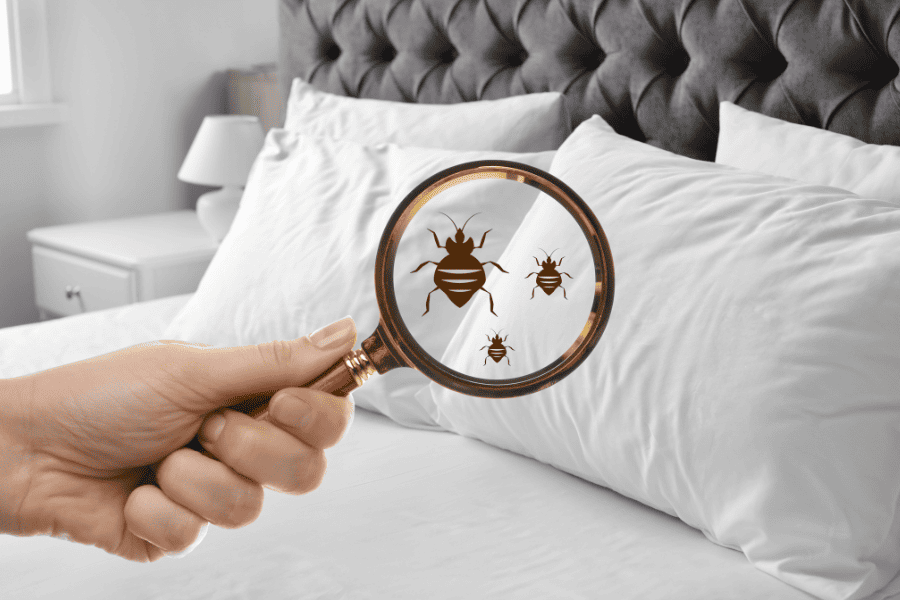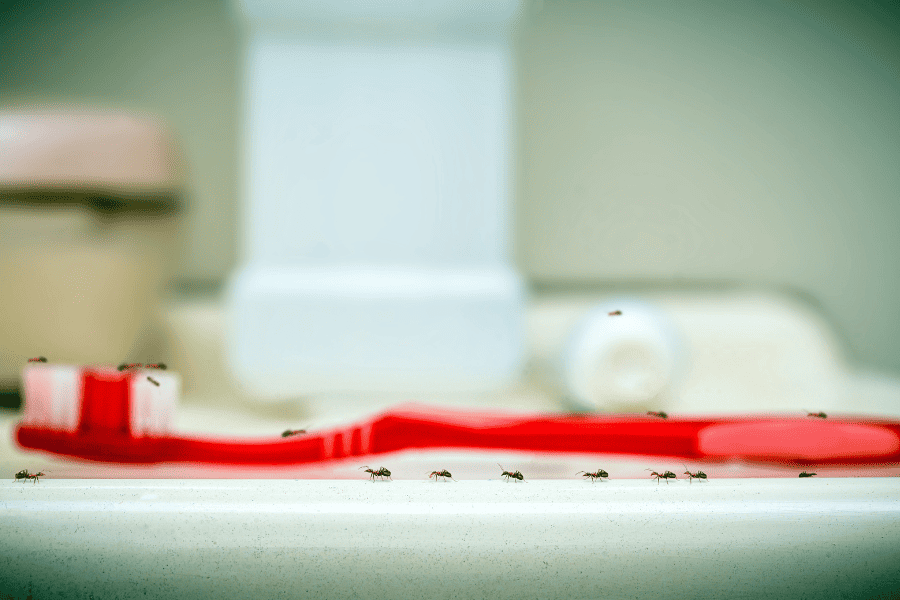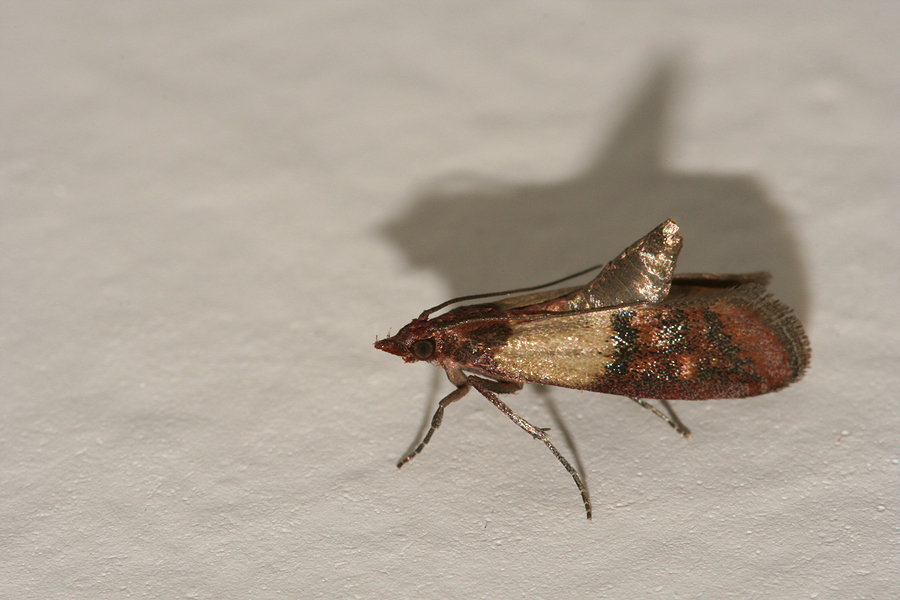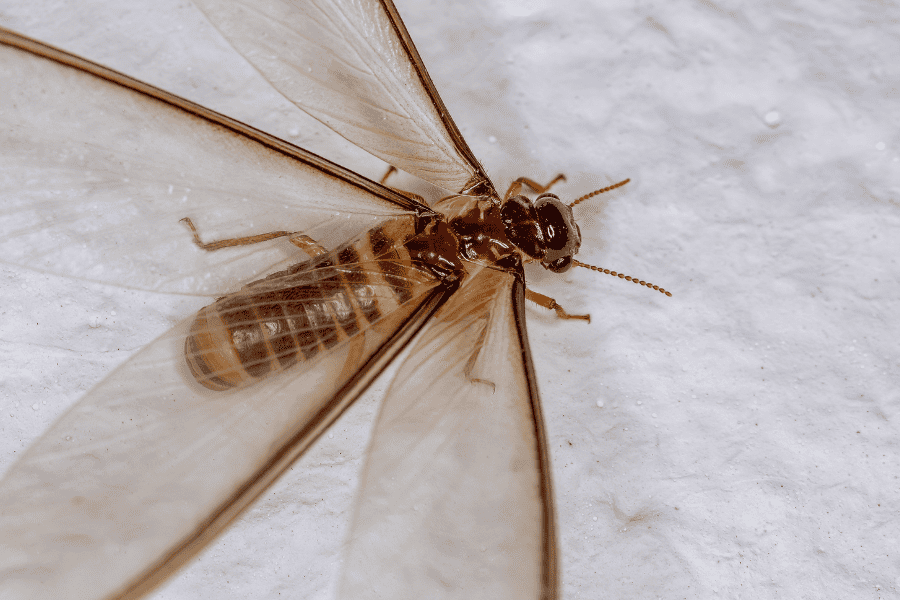READY TO GET STARTED?
REQUEST A FREE ESTIMATE
Fill out the form below or call (888) 466-7849 for a free, no-obligation estimate.

Understanding what bed bugs are and how they can find their way into your home is the first step in preventing their unwelcome presence. Let’s go over how to properly identify bed bugs and the many ways they can make their way into your home.
Bed bugs are small, parasitic insects that primarily feed on the blood of humans and animals. The reddish-brown, oval-shaped creatures are about the size and apple seed when fully grown. Bed bugs are expert hiders, which makes identifying bed bugs challenging until an infestation is underway.
Preventing a bed bug infestation begins with awareness. Here are some steps you can take:
Understanding how to identify bed bugs and how they can enter your home is the first step to keeping these pests away. If you suspect you have bed bugs, reach out to your local pest control company for an inspection and plan of action!

Purchasing and owning a home brings a sense of pride and responsibility for many Florida homeowners. A home is not only an investment but it’s the place where you can raise your family, so it’s crucial to keep it protected. Having a routine pest control service can bring several benefits to your property and family. Here are 5 reasons to consider it.
If you’re interested in recurring pest control services, contact your local South Florida pest control company for more information and a free inspection.


Florida has a unique climate compared to the rest of the southeast, especially in the winter months. Due to the humidity and active pests this time of year, effectively storing your holiday decorations to prevent a pest infestation can require a bit more strategy. Let’s go over the best ways to store holiday decorations pest-free, year-round!
Opting for moisture-resistant plastic containers with tight sealing lids makes it easier to create a protective barrier against the damp Florida air. This not only guards your decorations against moisture-related damage, but also helps to deter pests attracted to humid environments.
Cardboard is susceptible to moisture damage and is an attractant for certain pests. The material is easy to chew through for cockroaches and silverfish, making it a not-so-great option for storing items year-round. Utilizing plastic storage containers is a great way to discourage pests from taking over your décor.
Items like gingerbread houses or even candy canes should be discarded after the holiday season ends. It’s better to remake or repurchase the food-based decorations yearly.
If you are storing boxes in your basement or garage, utilize a shelving unit to place boxes on. When boxes are stacked on the ground or piled up, they can become ideal hiding spots for pests or rodents. Using shelves will keep these boxes off the ground, limiting the chance for them to become an unwanted pest’s home.
Use these tips to store holiday decorations and preserve the holiday spirit in your Florida home! If you notice more pests than normal in your storage space, contact your local pest control company for a customized pest plan and enjoy a pest-free holiday!

Dealing with a drywood termite infestation is less than ideal since these pests can cause significant structural damage to your Florida home. So how can you prevent termites from invading? It’s important to understand the characteristics of drywood termites, signs of their activity, and the preventative measures to place throughout your home, we break down all these below.
Drywood termites have an oval-shaped waist, short legs, and a cream-white to light brown colored body. The size of these termites depends on their age, but usually range from ¼ inch to 1 inch long. Unlike their counterpart, the subterranean termite, drywood termites do not need soil to live. Instead, they excavate wood, living and nesting within wooden structures or dry wood, such as attic framings.
Since these termites live in the excavated wood, it can be difficult to spot and identify them. However, there are still termite signs you can look out for. Swarms of termites or discarded wings near windowsills or doors is an early indication that a colony has been established at your home. Likewise, spotting their droppings, or frass, is a telltale sign of a termite infestation. These droppings look like small mounds of tiny pellets.
Consider implementing these do-it-yourself termite control measures throughout your property to avoid a termite infestation:
If you’ve noticed drywood termites on your property or would like to get ahead of your termite prevention, contact your local Florida termite control company for more information. These professionals will provide you with a free inspection, a treatment plan based on your home’s needs, and recommendations on preventing termites in the future.